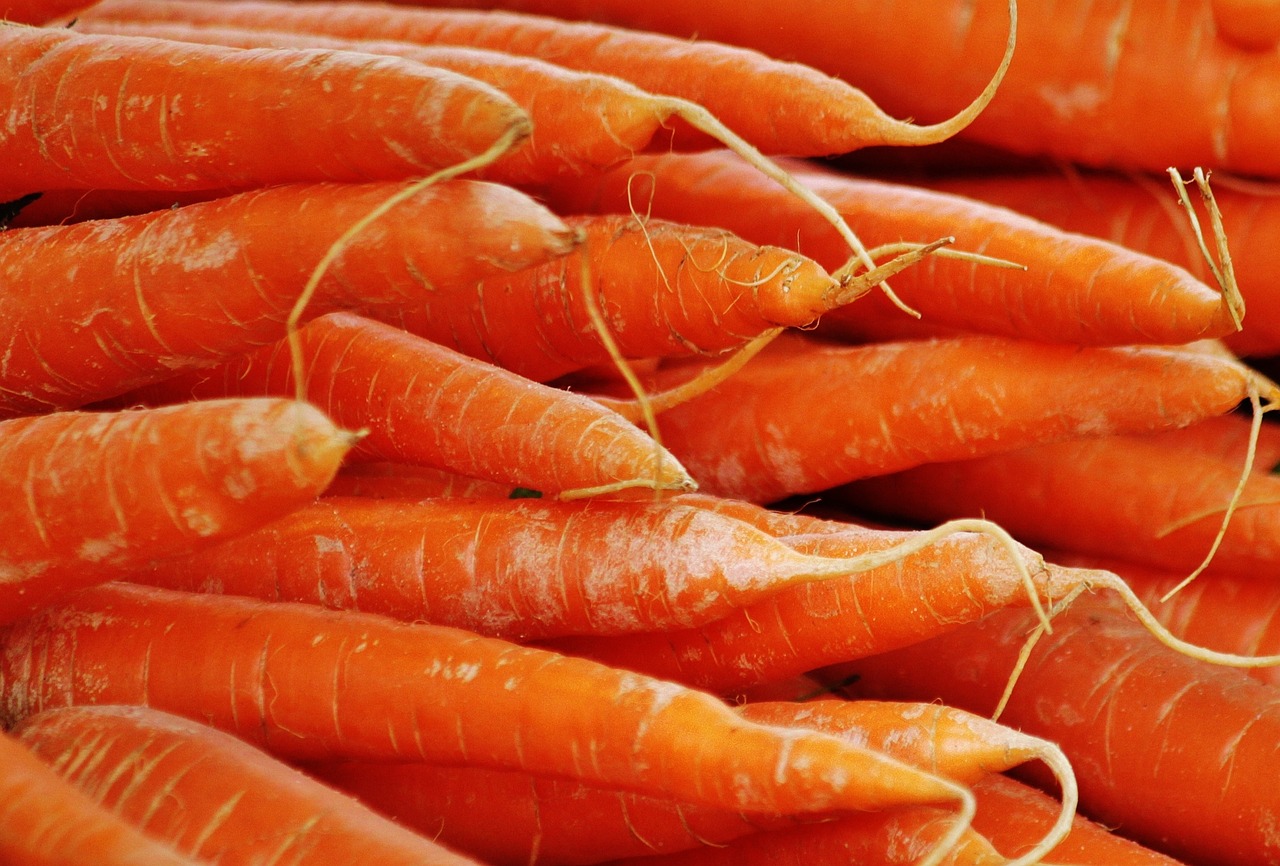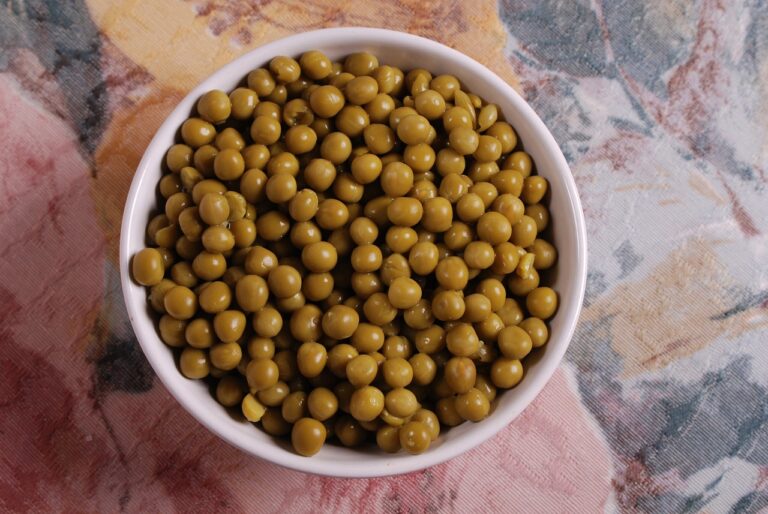Sustainable Seafood Choices: Navigating the Waters of Ocean Conservation
Sustainable seafood is crucial for maintaining the health of our oceans and marine ecosystems. Overfishing and unsustainable fishing practices have led to a decline in fish populations, disrupting the delicate balance of marine life. By choosing sustainable seafood options, we can help protect marine biodiversity and ensure that future generations can also enjoy the bounty of the oceans.
Furthermore, supporting sustainable seafood practices is essential for the livelihoods of fishing communities around the world. Sustainable fishing methods not only help conserve fish stocks but also promote the economic well-being of those who depend on fishing for their income. By making informed choices about the seafood we consume, we can contribute to the long-term sustainability of both marine environments and coastal communities.
Understanding Overfishing and its Impact
Overfishing occurs when the rate of fishing surpasses the ability of fish populations to replenish themselves. This unsustainable practice depletes oceanic ecosystems, leading to decreased fish stocks and disruption of marine food chains. As a result, not only are the targeted fish species affected, but also other marine organisms that rely on them for survival.
The impact of overfishing extends beyond marine life, affecting human populations as well. Fisheries collapse can lead to economic instability in communities where fishing is a primary source of income. Additionally, the loss of fish populations can disrupt global food security and exacerbate malnutrition in populations that rely heavily on seafood as a primary protein source.
How to Identify Sustainable Seafood Options
When looking to identify sustainable seafood options, one important factor to consider is the source of the seafood. Look for certifications from reputable organizations such as the Marine Stewardship Council (MSC) or the Aquaculture Stewardship Council (ASC) that verify the sustainability of the seafood.
Another key aspect to consider is the fishing or farming methods used to harvest the seafood. Sustainable options often involve practices that minimize harm to the environment and other marine species. Look for seafood that is caught or farmed using methods that are environmentally friendly, such as line-caught fish or aquaculture operations that avoid the use of harmful chemicals and excessive antibiotics.
Why is sustainable seafood important?
Sustainable seafood practices help ensure the long-term health of our oceans and marine life. By choosing sustainable seafood options, we can help protect fish populations, maintain biodiversity, and support the livelihoods of fishing communities.
What is overfishing and how does it impact marine ecosystems?
Overfishing occurs when fish are caught faster than they can reproduce, leading to declining fish populations and imbalances in marine ecosystems. This can result in the loss of important species, disruption of food chains, and damage to ocean habitats.
How can I identify sustainable seafood options?
Look for eco-certifications like the Marine Stewardship Council (MSC) or the Aquaculture Stewardship Council (ASC) on seafood packaging. You can also consult sustainable seafood guides, ask your seafood provider about their sourcing practices, and choose seafood that is in season and caught or farmed using sustainable methods.







